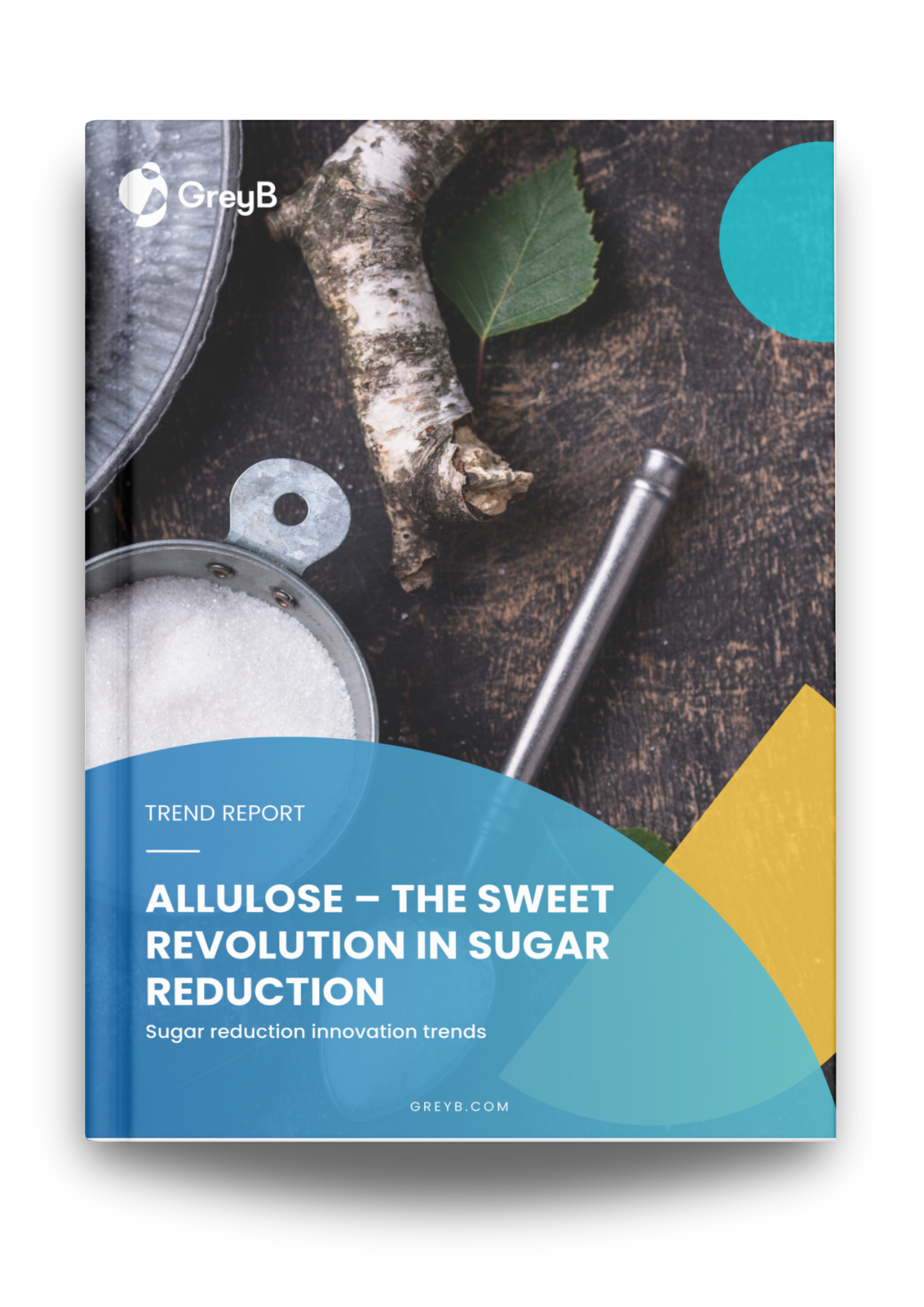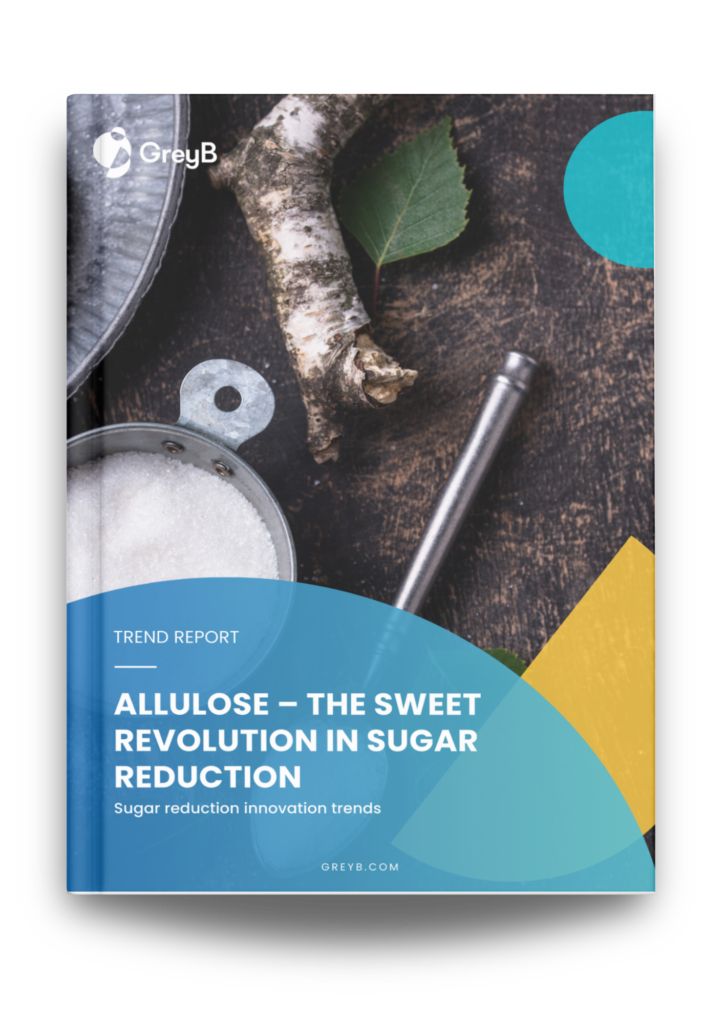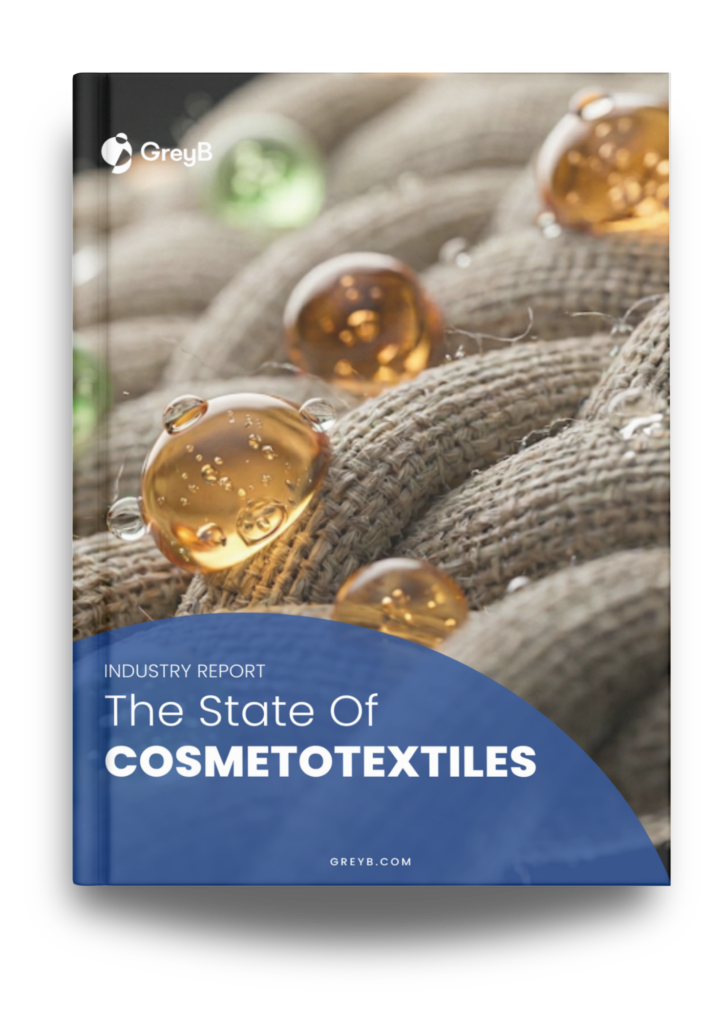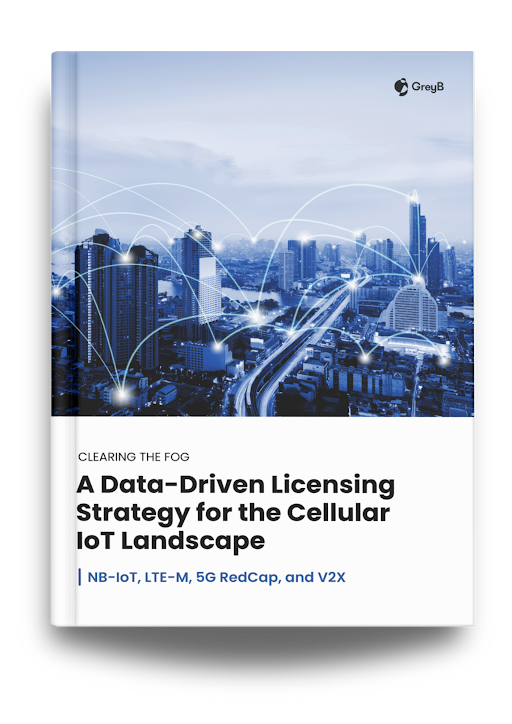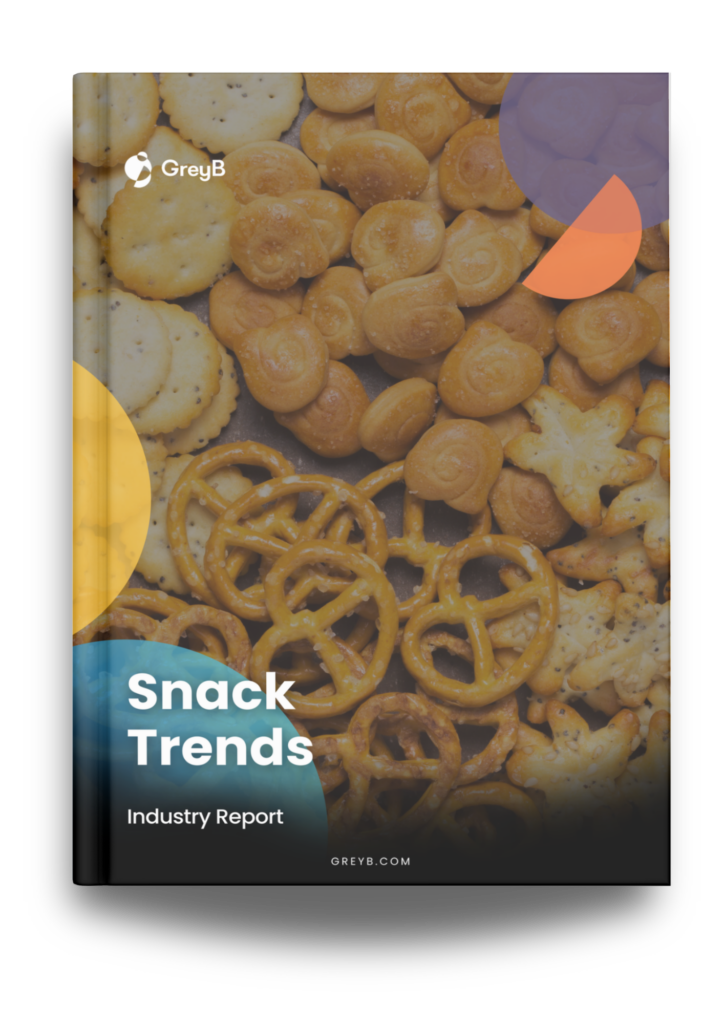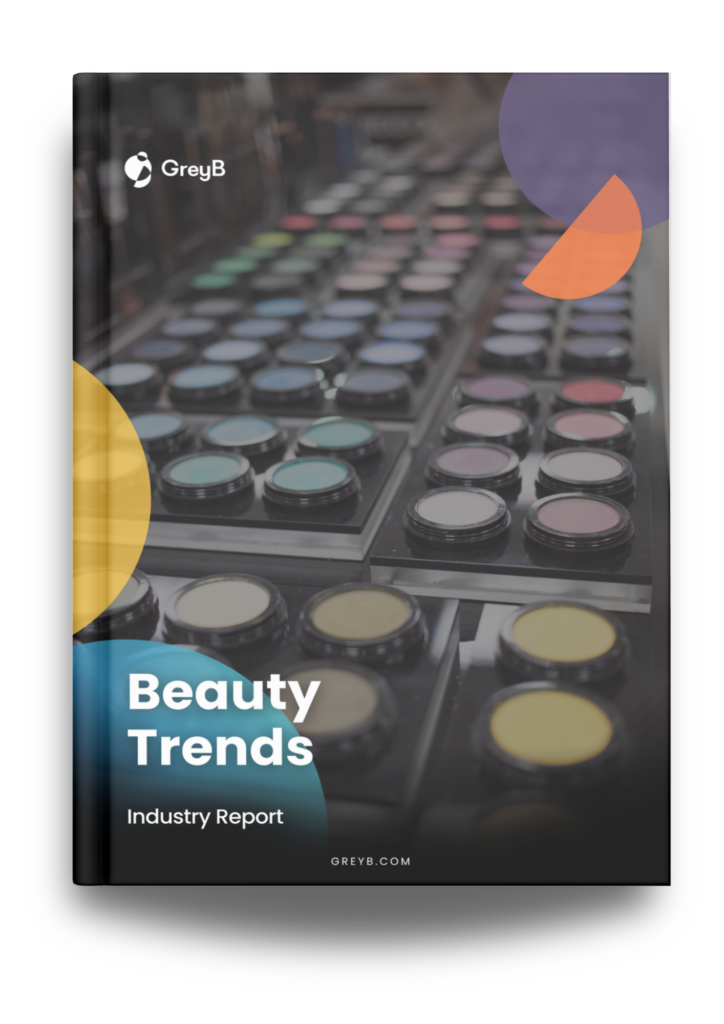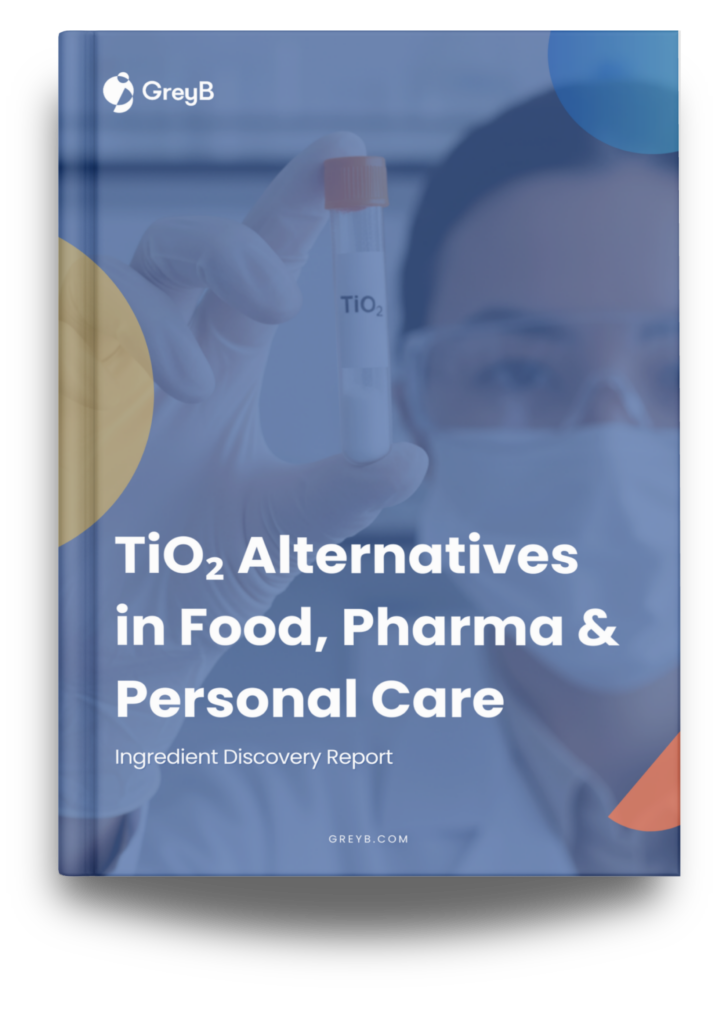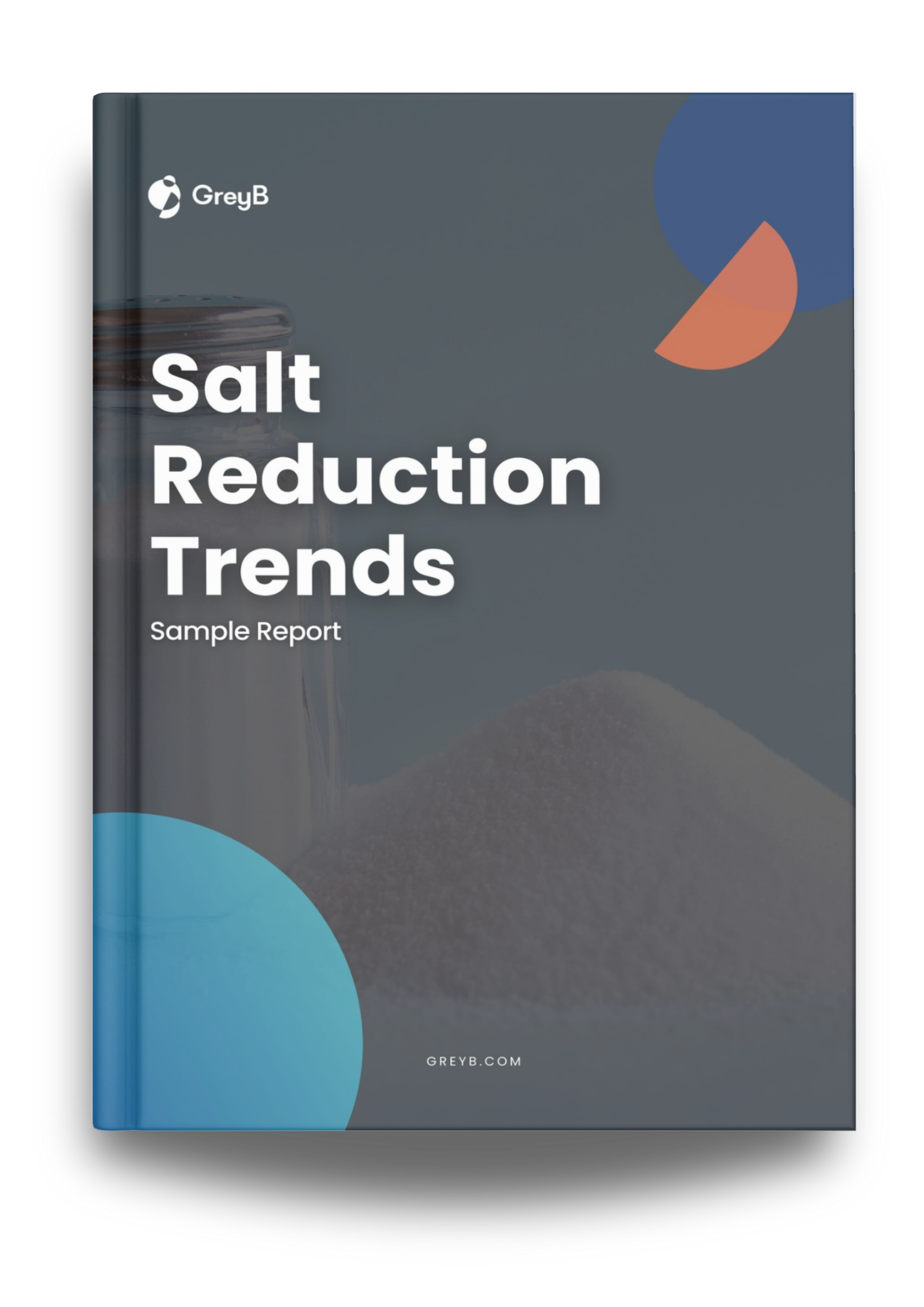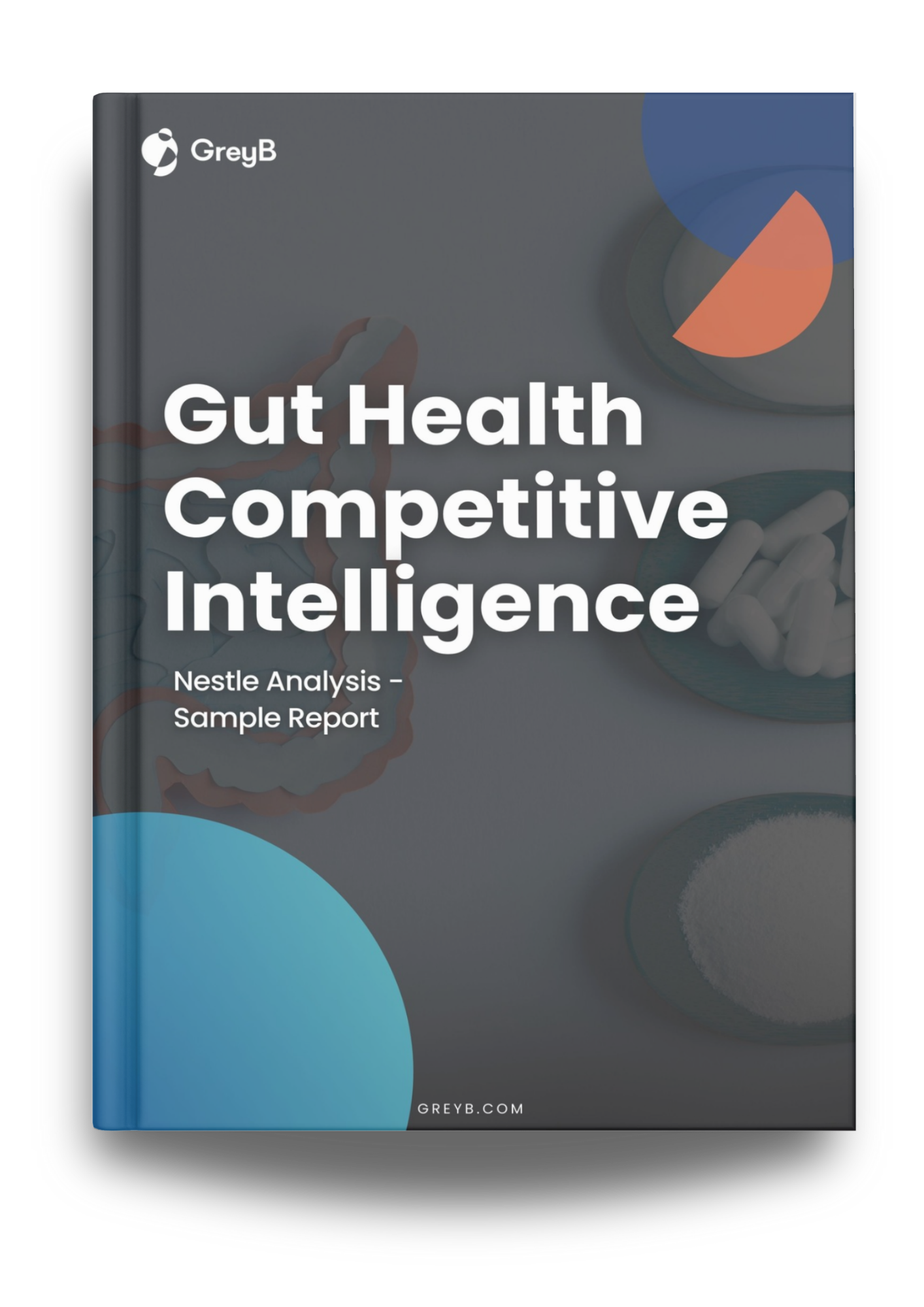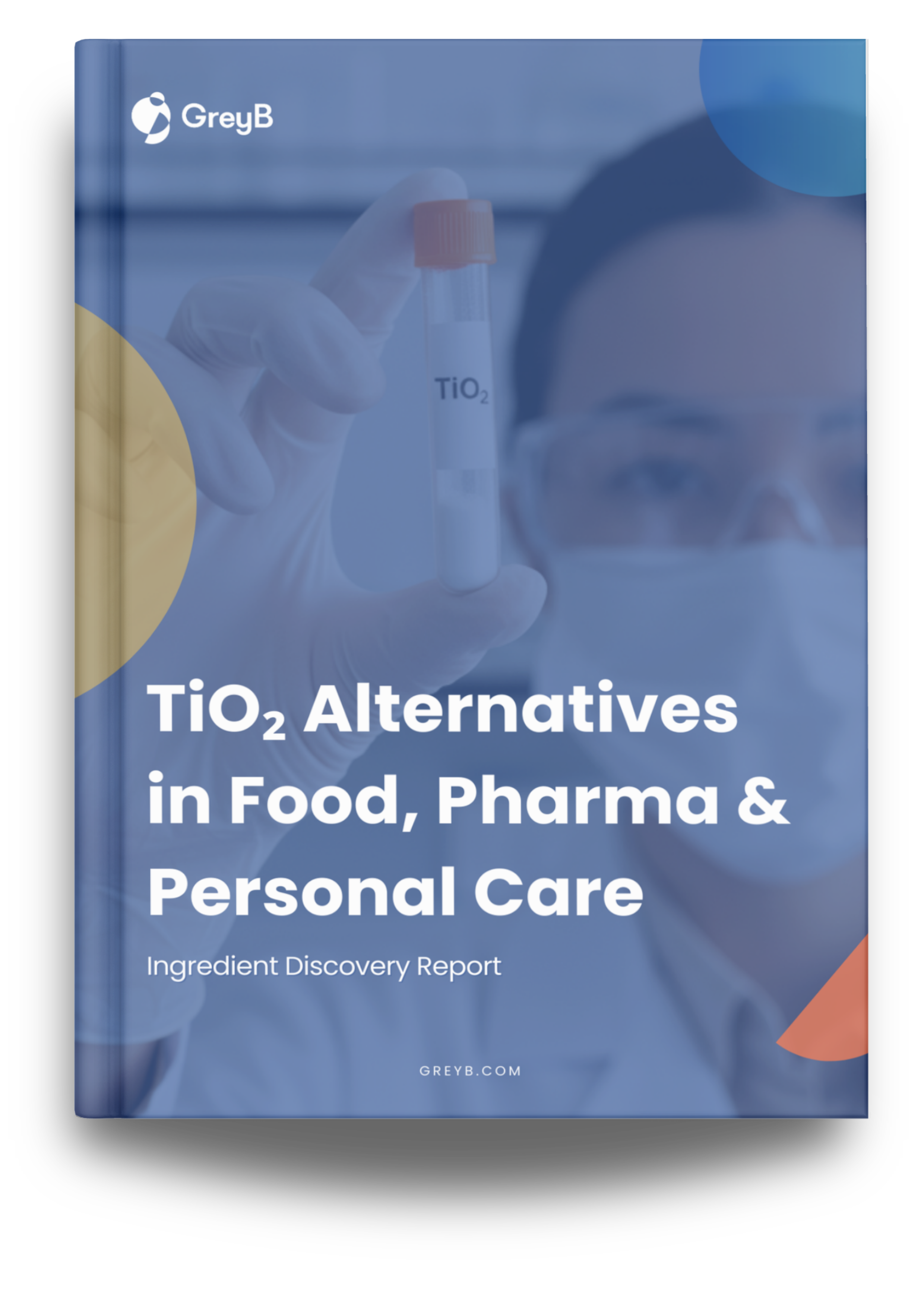Consumers are actively seeking low-sugar products, and companies are racing to meet this demand. Yet, the trade-offs of sugar reduction are all too familiar. Bitter aftertastes, digestive concerns, poor performance in baking or frozen formats, and labels that raise red flags. Most sugar alternatives get you halfway there, but not across the finish line. Allulose closes this gap. It is one of the few low-calorie sweeteners that behaves like sugar in taste, bulk, texture, and function.
70%
as sweet and 1/10th the calories of sugar.
45%
rise in new food and beverage products using Allulose
1.5x
increase in Allulose-related patent filings since 2015
Key Findings in the Report:
While most companies are still experimenting, a few have already scaled up. One startup has pushed Allulose yield to 80%, a 4x improvement over traditional processes. Another is cutting costs using enzymes derived from insect symbionts. This report answers-
Competitive Edge:
- What’s holding Allulose’s global rollout and how are companies solving it?
- Where are major players like ADM and Bonumose placing their bets?
- How are leading companies like Ferrero, Hershey’s, and Ginkgo Bioworks collaborating to accelerate commercial readiness?
Consumer Insights:
- What is the consumer response to Allulose as a sugar alternative, and where are the potential areas for educational outreach?
R&D Focus:
- Why South Korea is far ahead of the curve and who’s catching up?
- Is Allulose becoming the go-to sugar alternative for dairy and bakery products?
- What makes Tagatose the next sugar alternative to watch, following in Allulose’s footsteps?
Regulatory Landscape:
- How are cross-border consortia like ANFC pushing for regulatory approvals in the EU?
Download the report to get detailed insights into patent trends, company strategies, enzymatic breakthroughs, and what’s next in the sugar reduction pipeline.
